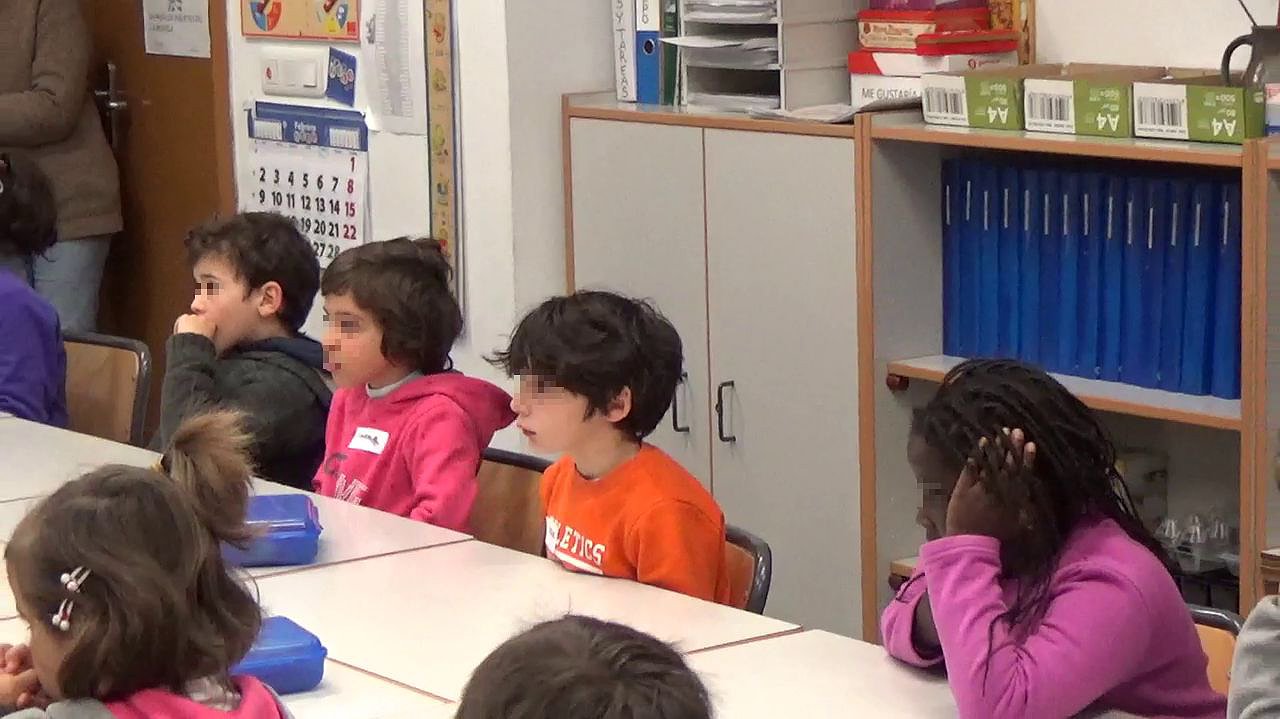Validation

Balacheff (2000) identified explanation, testing and demonstration (by increasing order of formalization) as validation processes that allow conjecture to become conviction. In an explanation, the speaking subject establishes and ensures the validity. The step from explanation to testing refers to the social process by which a discourse that ensures the validity of a proposal changes position and is accepted by the community. A test is an informal justification that does not have sufficient generality to be considered a formal demonstration.
We are interested in analysing the explanations and tests carried out by students in preschool and primary education. At an early age, there are students who are capable of conducting empirical tests (e.g., Maher and Martino, 1996), but, in general, students in middle grades do not usually conduct formal validation processes to justify their own conjectures (Cañadas, 2007).









